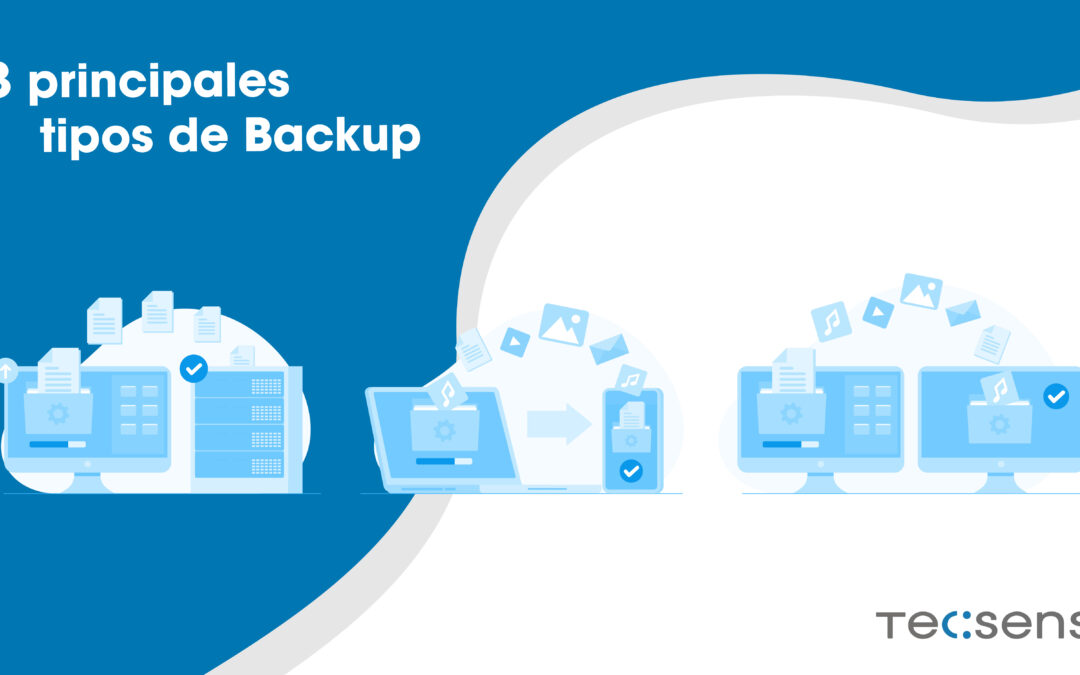Ensuring business resilience is one of the main challenges that exist for companies today. Cyberattacks, data loss, and downtime due to mishaps put any organization’s systems at risk. Whether it’s a physical, virtual, or cloud workload, you need a simple, reliable, and flexible backup and recovery engine with advanced capabilities. Following this line we explain the 3 main types of backup that meet these premises.
Learn about the top 3 backup types
Before choosing a backup solution, you have to understand what are the main types of backup that exist and which one is best suited to the business.
Full backup
It is a type of backup that makes a copy of complete blocks of all the data that is selected, this is the one that consumes the most time and storage.
Incremental backup
This type of backup It will only make the copy of those data that have been modified since the last “incremental” copy and will be the one that consumes the least time and storage. It assumes that after each recovery from the full backup, each incremental restore from the last one must be performed in succession until the last point in time can be recovered.
Differential backup
This type of backup is similar to incremental in operation, but differs in that it copies all changes since the last full backup performed. This results in a copy smaller than the full copy but larger than the incremental one. After a recovery of this type of backup you only need to restore from the most recent differential to be able to recover the last point in time.
Once we understand the difference and operation of each of these three types of backup, we must create our own backup strategy and select the appropriate backup. To do this we must ask ourselves.
What should I consider when creating a backup strategy?
Modern backup solutions typically have flexibility to maximize storage and networking to minimize data recovery time when needed.
But first of all we must ask ourselves three fundamental questions:
What are we protecting?
–How often should I have to meet the recovery objectives?
–How do I make sure everything is ready when performing a data recovery?
Typically, when performing a backup strategy, most organizations question the first two questions, but often forget a fundamental one, can a restore be performed whenever necessary?
When we choose backup, it is essential to ensure that it has automation to test and protect the data to recover it before storing it.




